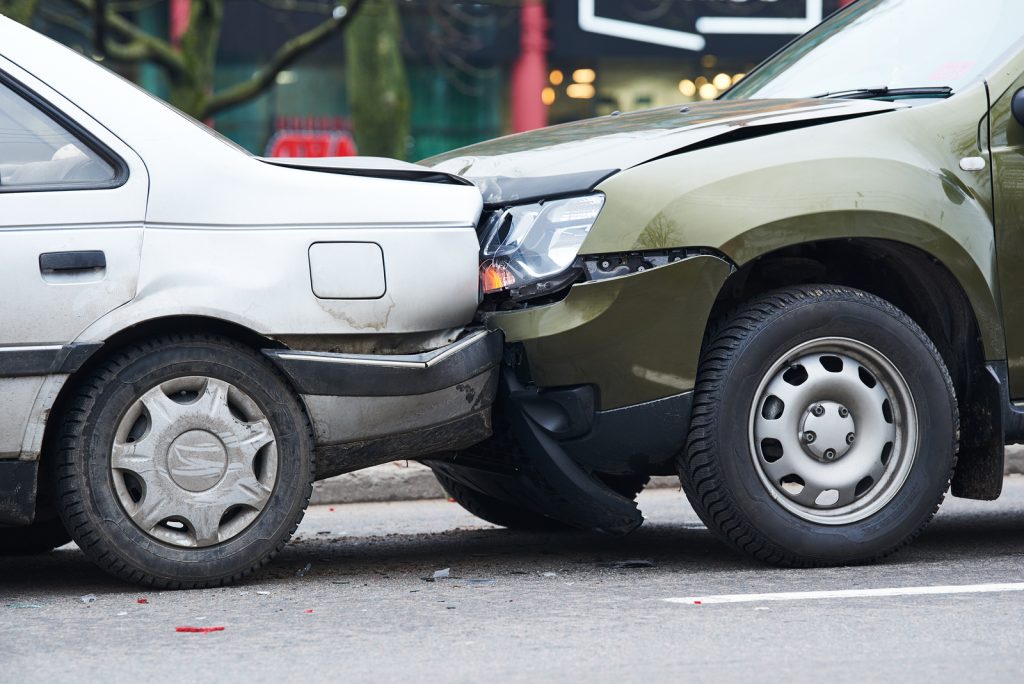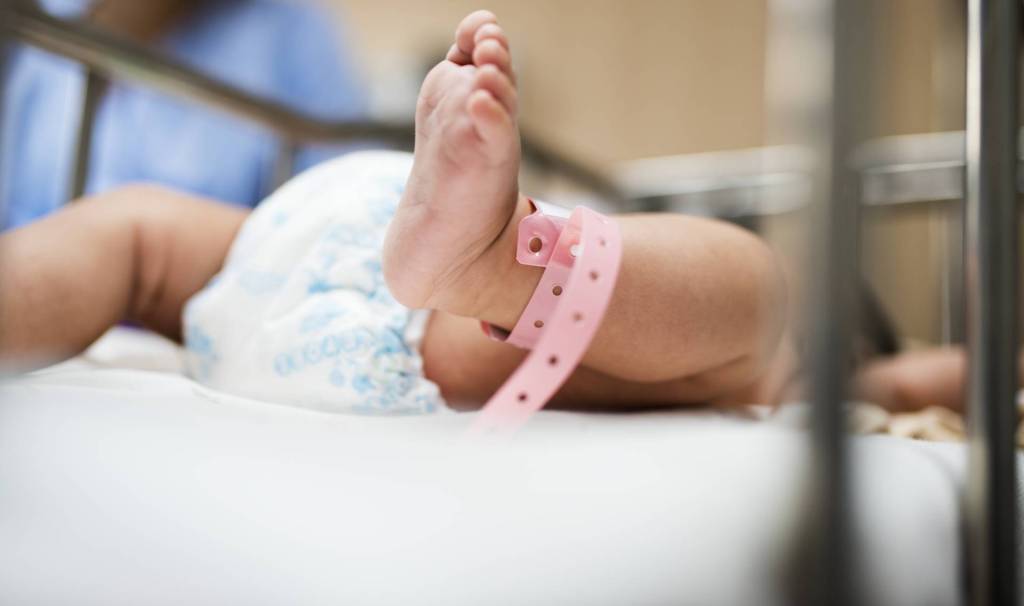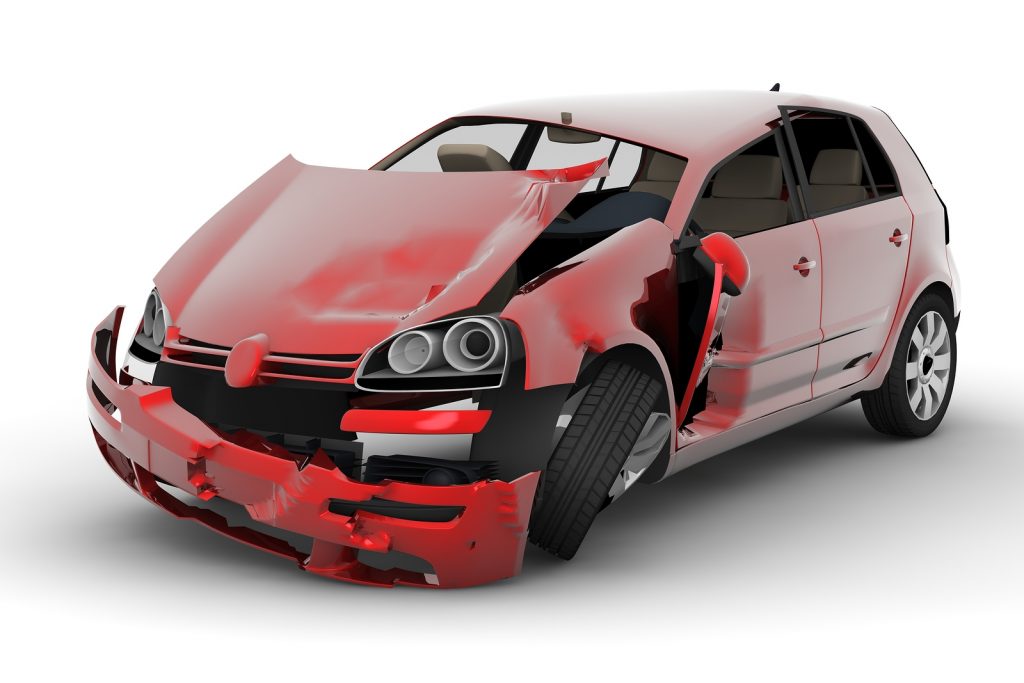Failure to properly diagnose a patient’s injury or illness is one of the most common forms of medical malpractice. Most often, misdiagnosis or failure to diagnose results from the treating physician’s failure to follow the differential diagnosis process. Doctors are taught to use this process in the earliest stages of their training, and it is widely understood that coming up with a differential diagnosis prior to administering treatment is critical to ensuring proper care.
The Differential Diagnosis Process
The differential diagnosis process has three simple steps. Unfortunately, many doctors still fail to follow them. The three steps to providing a proper differential diagnosis are:
- Get the Information: The first step your doctor should take is to gather as much information about your condition as possible. This should include your medical history, risk factors, symptoms, and other signs of illness or injury.
- Create a List: Second, your doctor must create a complete list of everything that could possibly be causing your signs and symptoms.
- Rule In or Out: Third, your doctor must apply the differential diagnosis method to systematically conduct tests that either rule in or out each of the potential causes included on the list developed during step two.
During the third step, your doctor should start with the most dangerous causes and work toward the least dangerous ones until he or she has identified one or more probable causes of your condition. But, this does not mean that only the probable causes warrant consideration.
Understanding Probable vs. Possible Causes
Diagnosis errors often occur when doctors fail to consider all possible causes of their patients’ illnesses and injuries. Simply put, some conditions are more common than others. Most of the time, the most common cause (the probable cause) will turn out to be the actual cause of a patient’s condition. But, sometimes – as with rare medical conditions – the probable cause isn’t actually to blame. Even if the odds are one in 1,000, one in 10,000, or even one in 100,000 that a possible cause is the actual cause, this still means that the probable cause needs to be ruled out in favor of a less-common (but still possible) condition.
In medicine, there is no guessing allowed. Doctors are not allowed to simply assume that the probable cause is the actual cause of a patient’s condition. If a doctor makes an assumption without considering all of the possibilities, then he or she is merely guessing at the cause of the patient’s illness or injury. In effect they are gambling with your health and well-being!
Differential Diagnosis and Medical Malpractice
Failure to conduct a differential diagnosis constitutes medical malpractice. Diagnostic mistakes happen when doctors don’t follow the differential diagnosis process. When these mistakes lead to incorrect treatment, which then leads to injury or death, the patients and their families who suffer as a result are entitled to seek financial compensation.
Health Scare: The Consumer’s Guide to Medical Malpractice Claims
For more information about seeking compensation for medical malpractice, you can contact us for your free copy of Health Scare: The Consumer’s Guide to Medical Malpractice Claims. This legal guide contains everything you need to know to protect your rights if you think you or a family member has received a misdiagnosis.
Speak with a Medical Malpractice Lawyer in Halifax, Nova Scotia
McKiggan Hebert’s Nova Scotia medical malpractice lawyer provide experienced legal representation for victims of misdiagnosis in Atlantic Canada. For a free, no-obligation consultation, please call (877) 423-2050 or contact us online today.










